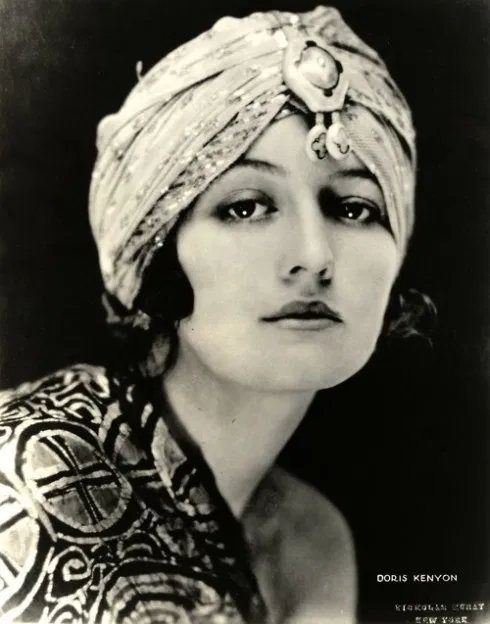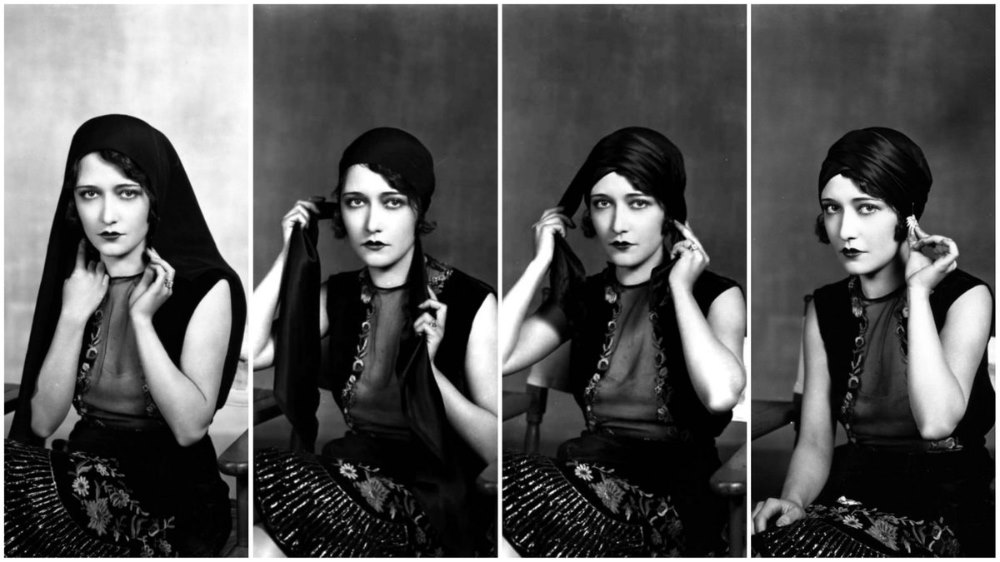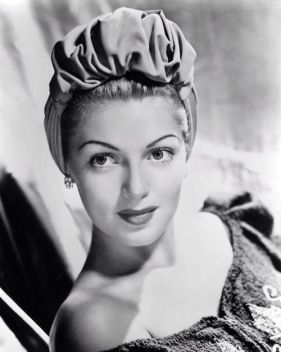
And on the Thousand and Second Night, Paris became Persia.
One evening in June of 1911, Paul Poiret, the “King of Fashion,” appeared before 300 members of the city’s creme de la creme. He was dressed in full-on sultan’s garb. On his head, he’d placed a bejeweled and beplumed turban.
The evening’s “Persian” amusements culminated at the moment when Monsieur Poiret stepped into the enormous gilded cage in which his favorite “harem girl” (AKA Madame Poiret) had been imprisoned and liberated her from it.


It was a scandal. It was a sensation. It was the origin of every cat-walk spectacle that’s been staged ever since.
It was also the moment when the turban, or rather a fever-dream of a turban, became, improbably, a fashion accessory for white women.
Turbans, like the other garments Poiret popularized in the nineteen-teens (harem pants, tunics, “minaret dresses”) became a way for women to explore and express the sexuality and power promised by modernity. Even Macy’s (yes, Macy’s!) erected a “Moorish Palace” where women could shop the look.


Not even the nationalism and xenophobia unleashed by the First World could fully do away with the turban. Look at pictures or movies from the 1920s and you will see them everywhere.

The headpiece morphed, reaching the apex of its popularity in the 1940s. It wasn’t until the 1980s-and a less intoxicated brand of Orientalism–that it disappeared, though iterations can still be spotted on catwalks today.
And Paul Poiret? He died penniless in 1944, his Orientalist designs deemed a traitorous embrace of the alien “Other.”
add a comment
+ COMMENTS